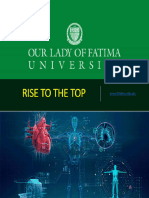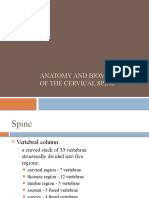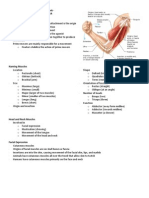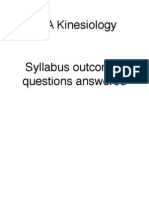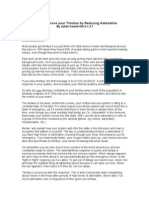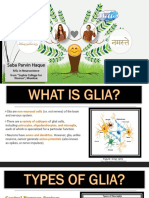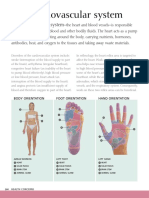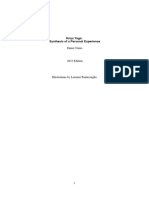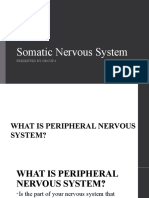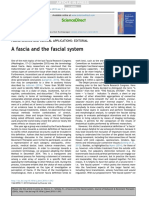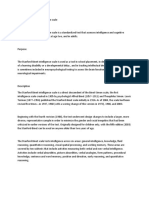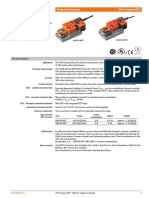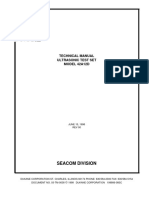0% found this document useful (0 votes)
185 views6 pagesNervous System Part 1
The nervous system functions to receive sensory input from inside and outside the body, integrate the information, and respond through motor output. It is comprised of the central nervous system (brain and spinal cord) and peripheral nervous system. The central nervous system processes information and directs the peripheral nervous system. Neurons are the basic functional units that transmit electrochemical signals throughout the nervous system. Glial cells provide support to neurons. The brain and spinal cord are protected by meninges and cerebrospinal fluid.
Uploaded by
rb YangzonCopyright
© © All Rights Reserved
We take content rights seriously. If you suspect this is your content, claim it here.
Available Formats
Download as PDF, TXT or read online on Scribd
0% found this document useful (0 votes)
185 views6 pagesNervous System Part 1
The nervous system functions to receive sensory input from inside and outside the body, integrate the information, and respond through motor output. It is comprised of the central nervous system (brain and spinal cord) and peripheral nervous system. The central nervous system processes information and directs the peripheral nervous system. Neurons are the basic functional units that transmit electrochemical signals throughout the nervous system. Glial cells provide support to neurons. The brain and spinal cord are protected by meninges and cerebrospinal fluid.
Uploaded by
rb YangzonCopyright
© © All Rights Reserved
We take content rights seriously. If you suspect this is your content, claim it here.
Available Formats
Download as PDF, TXT or read online on Scribd
/ 6

